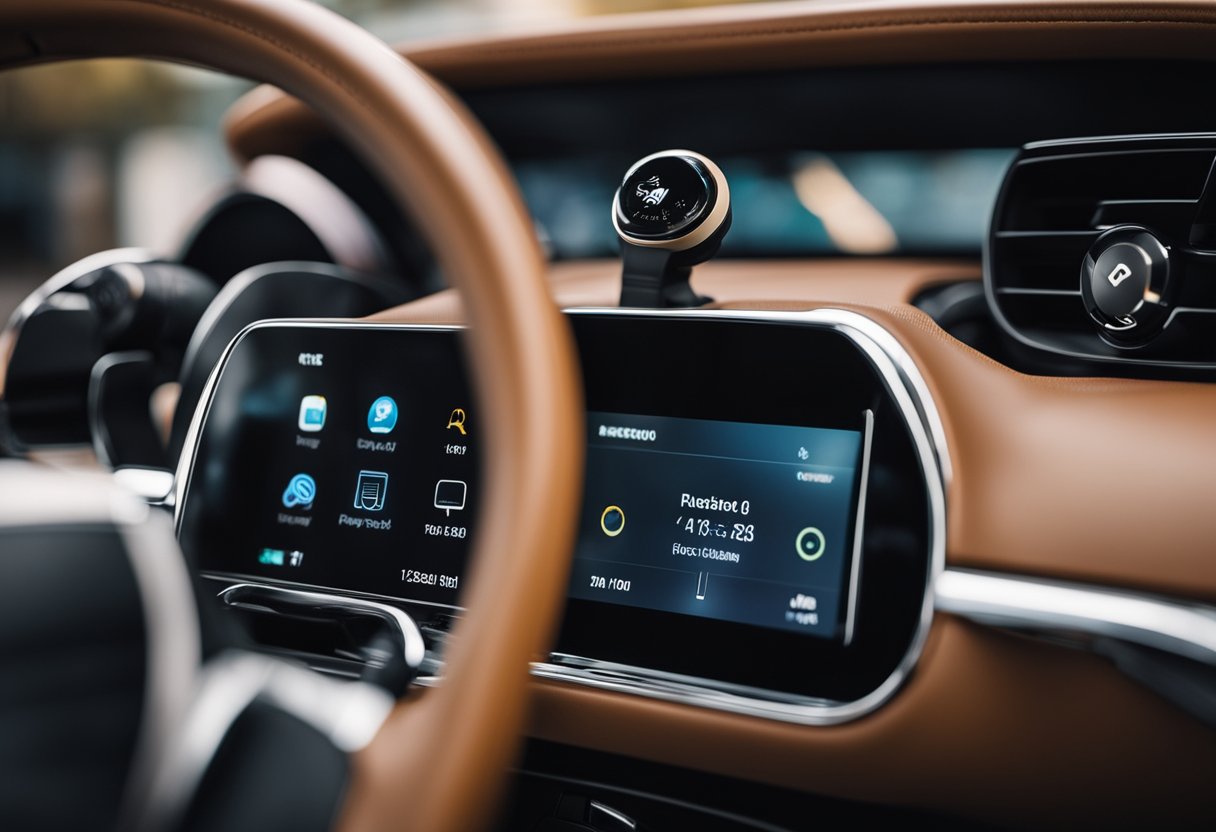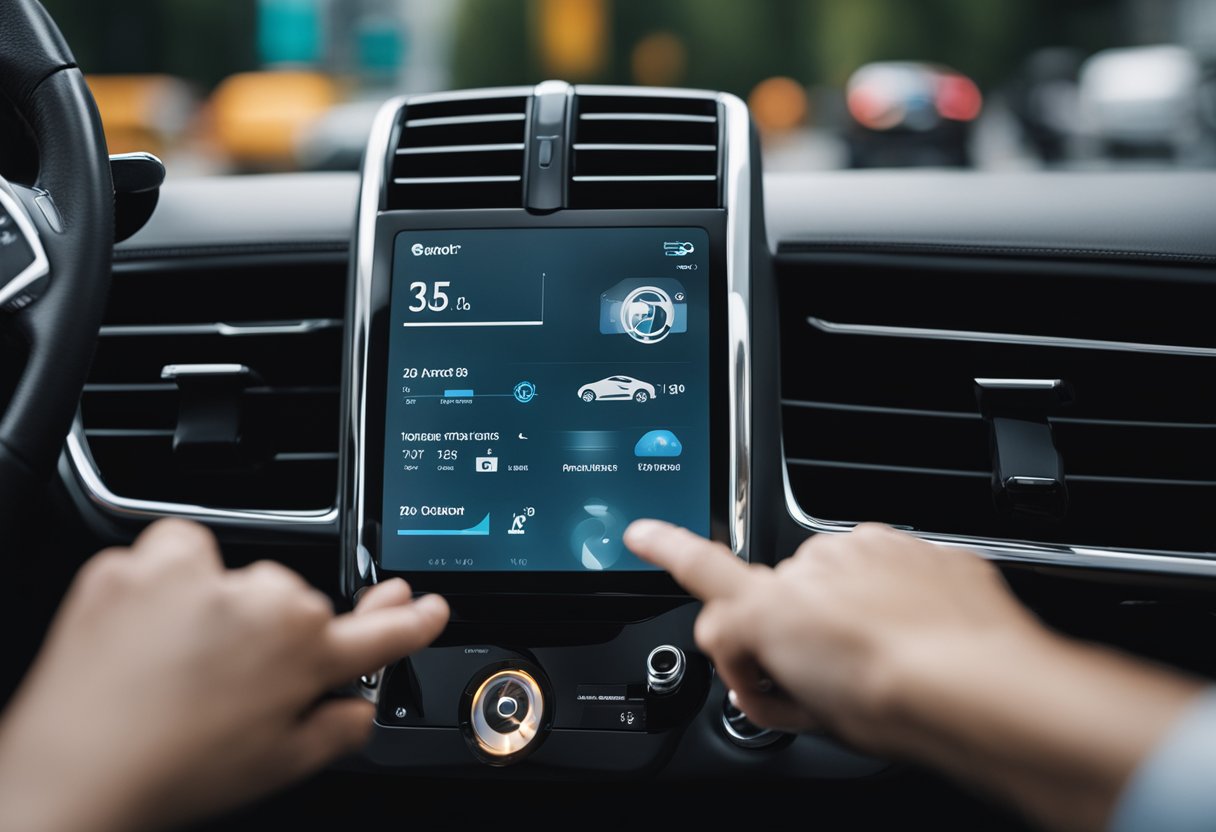Driving with AirPods or other headphones can be a contentious issue, touching on aspects of road safety and legal regulations. Motorists often use these devices to listen to music, podcast, or take calls, seeking both convenience and entertainment during their travels. However, the safety implications of isolating oneself from the acoustic environment of the road can be significant. States vary in their approach to this issue, with some allowing the use of headphones while others have strict regulations prohibiting them, especially if both ears are covered.

Legislation concerning wearing earbuds while driving a motor vehicle reflects a blend of safety concerns and advancements in technology. With the introduction of AirPods and similar Bluetooth devices, states have revisited their laws to address the nuances of these new technologies. Some states allow the use of such devices if they only cover one ear, maintaining the driver’s ability to perceive crucial external sounds, such as sirens, horns, and other traffic-related warnings.
Understanding the legality of wearing AirPods while driving requires knowledge of specific state laws which are designed to minimize distractions and promote road safety. In certain states like New York, Ohio, and Florida, wearing AirPods in both ears is outright illegal. This legal mosaic across the United States underscores the importance for drivers to be well-informed about the regulations in their respective states, as well as the potential risks associated with using headphones while driving.
Let’s talk about can you wear AirPods while driving.
Content Compass
Legality of Using AirPods While Driving
The permissibility of using AirPods while driving varies from state to state in the United States, with some regions imposing strict bans and others permitting restricted use.
Overview of State Laws
States where it is illegal to wear AirPods or any headphones while driving:
- Alaska
- California
- Louisiana
- Maryland
- Minnesota
- Ohio
- Rhode Island
- Virginia
- Washington
States with specific conditions under which earbud use while driving may be legal:
- Florida
- Georgia
- Massachusetts
- New York: permits one earbud
- Pennsylvania
Understanding Specific State Regulations
Each state has its own set of laws governing the use of earbuds like AirPods whilst driving. For example:
- In California, drivers are prohibited from wearing headphones, earbuds, or headsets that cover both ears
- New York allows the use of one earbud, facilitating the ability to still hear ambient traffic noise
- Other states may have specific laws that regulate or restrict the use of AirPods to varying degrees, emphasizing the driver’s ability to maintain awareness of their surroundings
Legal details can differ regarding whether one or both earbuds may be worn, whether any exemptions exist for certain groups (such as emergency vehicle operators), and what penalties are imposed for violations. Drivers should review their respective state’s vehicle codes to ensure compliance with local laws.
Safety Concerns and Risks

When considering the use of AirPods or any headphones while driving, it is imperative to understand the potential safety concerns and risks. These risks can impact the driver’s ability to react to auditory cues and contribute to distracted driving, which may increase the likelihood of accidents.
Hearing Traffic and Emergency Signals
Drivers require full sensory awareness, and that includes the ability to hear traffic noises, emergency vehicle sirens, and other important auditory signals. Using headphones, like AirPods, especially those with noise-canceling features, can impair this ability, posing a significant safety concern. While some states permit the use of a single earpiece, this practice can still reduce a driver’s ability to hear crucial sounds. For example:
- Sirens: Failure to hear ambulances or police vehicles can lead to delayed response times or collisions
- Motorcyclists: Not hearing a motorcycle’s approach can be dangerous when changing lanes
- Maintenance sounds: Unusual car noises indicating maintenance needs may go unnoticed
Distracted Driving and Accident Risks
Distracted driving encompasses anything that diverts a driver’s full attention from the road. Using AirPods or other earpieces while driving divides that attention, increasing the likelihood of failing to observe traffic signals or the behavior of other road users. Notable points include:
- Distraction: Cognitive distraction occurs even if eyes are on the road, as attention is split between audio content and driving
- Accident Liability: If an accident occurs while the driver is wearing headphones, there could be enhanced liability or fines
- Legality: The legality of using headphones varies by state, and being found in violation can lead to fines or legal penalties
- AAA Recommendations: Organizations like the AAA advocate for eliminating in-car distractions to avoid accidents
In summary, wearing earbuds while driving a motor vehicle can impair a driver’s sensory awareness and contribute to distracted driving, increasing accident risks and potential legal consequences.
Practical Guidance for Drivers

When behind the wheel, drivers must prioritize safety. This entails understanding the legalities and alternatives to using AirPods, and adopting best practices for managing audio needs.
Alternatives to Using AirPods
Drivers looking for alternatives to AirPods for listening to music or taking calls can utilize car speakers, which allow audio to fill the vehicle’s cabin without obstructing the driver’s ability to hear external sounds. These built-in audio systems often come with hands-free technology designed for safe driving. Additionally, for those who frequently switch between driving and parking, having a playlist ready in the car’s system eliminates the need to fumble with devices while transitioning.
For a more personal listening experience without impeding situational awareness, drivers might consider using:
- Single-ear Bluetooth headsets that keep one ear free
- Speaker mode on their smartphone when making calls
Best Practices for Safe Driving
When it comes to safe driving, the best practices involve limiting distractions and maintaining focus on the road. Drivers should:
- Pre-set radio stations or playlists: Before setting off, one should choose their entertainment to avoid distractions while driving
- Utilize voice commands: Modern vehicles allow drivers to instruct their systems to play music or answer calls without taking their hands off the wheel
- Keep volume levels reasonable: Ensuring that the car audio system is at a volume that permits the driver to hear traffic and emergency vehicles is critical
In scenarios where audio is not a necessity, such as a short trip to the gym or during parking, drivers might opt to turn off their entertainment systems completely, permitting full attention on their surroundings.
Regulatory and Enforcement Considerations
Driving with AirPods or any headphones can result in legal repercussions, with enforcement varying by state. Authorities are tasked with ensuring compliance to safeguard all road users.
Fines and Penalties for Non-Compliance
States that have deemed the use of headphones while driving illegal impose fines and penalties to deter such behavior. Non-compliance can lead to:
- Monetary fines, which vary by state
- Points added to the driver’s license
- Potential increase in insurance premiums
For example, in California, getting caught driving with headphones can result in a fine of $160. In other states, penalties may be more or less severe based on their respective traffic laws.
Role of Police and Traffic Authorities
The police and traffic authorities enforce headphone-driving laws. Their responsibilities include:
- Monitoring roads for infractions
- Issuing citations for drivers wearing AirPods or headphones
- Conducting traffic stops to educate drivers about the dangers and legalities of driving with impaired hearing
Enforcement strategies may involve routine patrols, traffic checkpoints, and responding to reports of negligent driving behavior. The legal system supports these efforts by processing fines and maintaining records of violations.
International Perspective

In the context of driving with AirPods or any headphones, regulations vary significantly across countries. Understanding these discrepancies is crucial for both local residents and international travelers. Let’s talk about can you wear airpods while driving internationally.
Comparing Laws in Different Countries
Australia: It regulates the use of headphones while driving at the state level. For instance, in New South Wales, drivers are not permitted to use headphones covering both ears. Victoria has similar regulations, emphasizing the importance of being able to hear external sounds while driving. Each state within Australia may have specific rules, so it is essential to review the local traffic laws when driving with AirPods or similar devices.